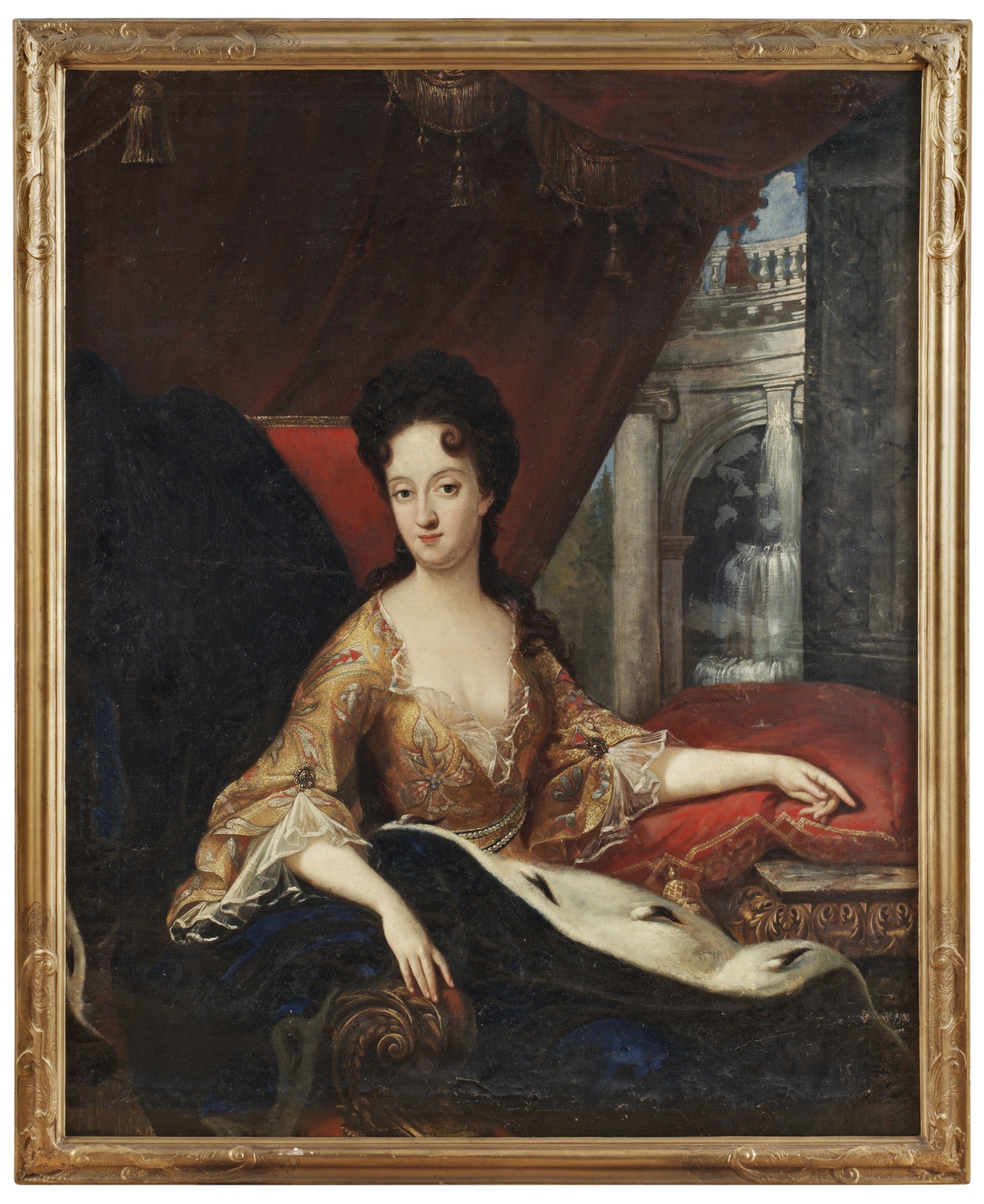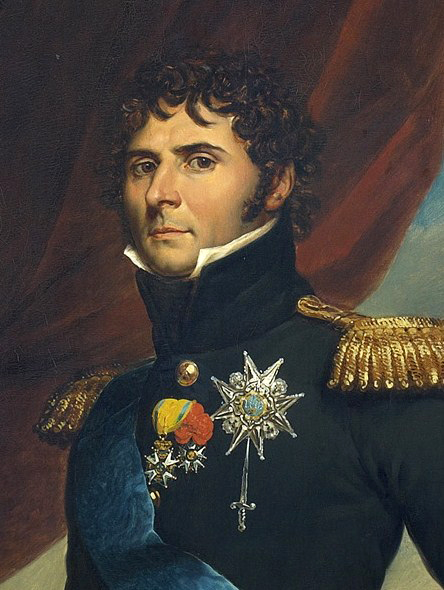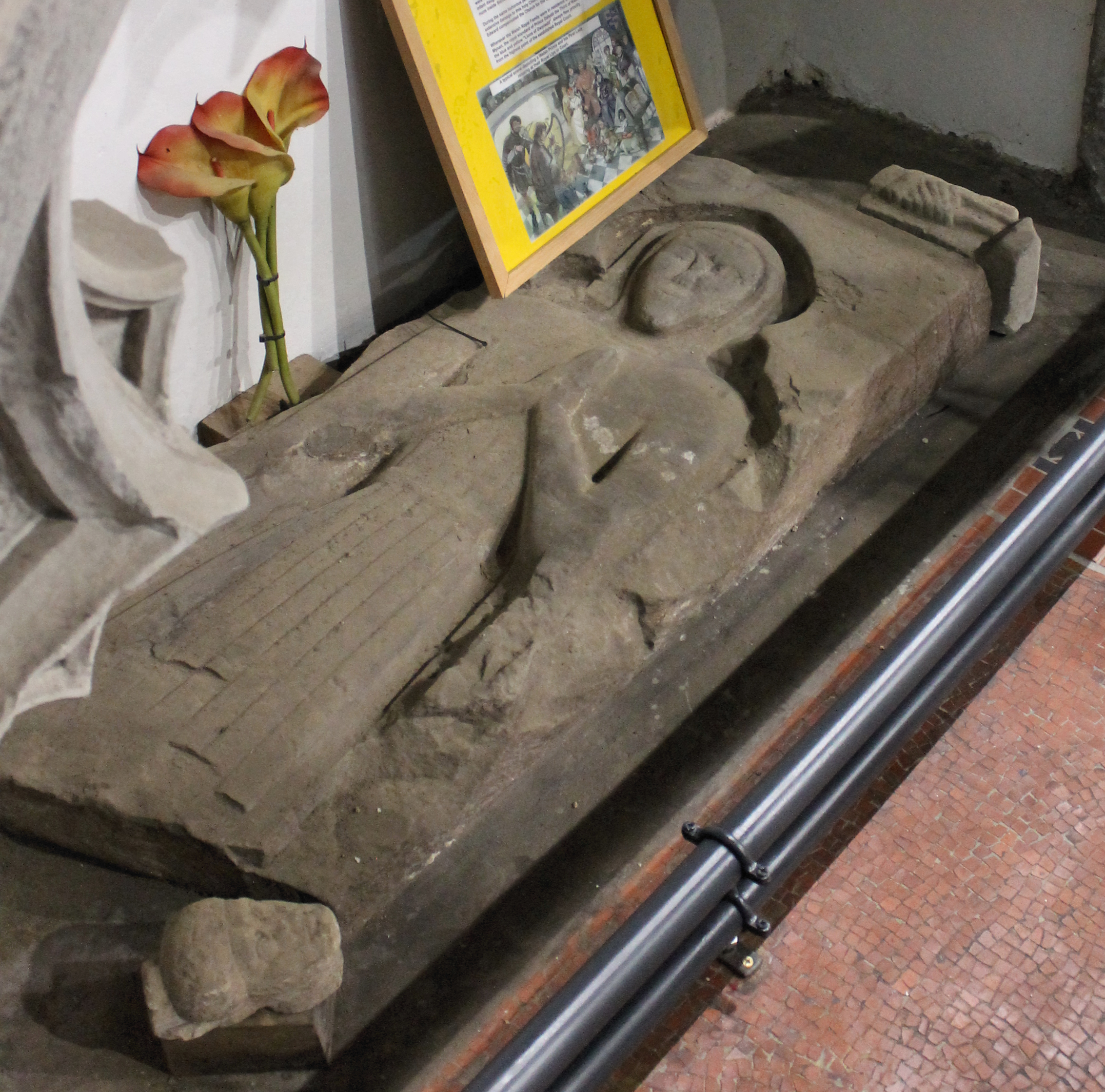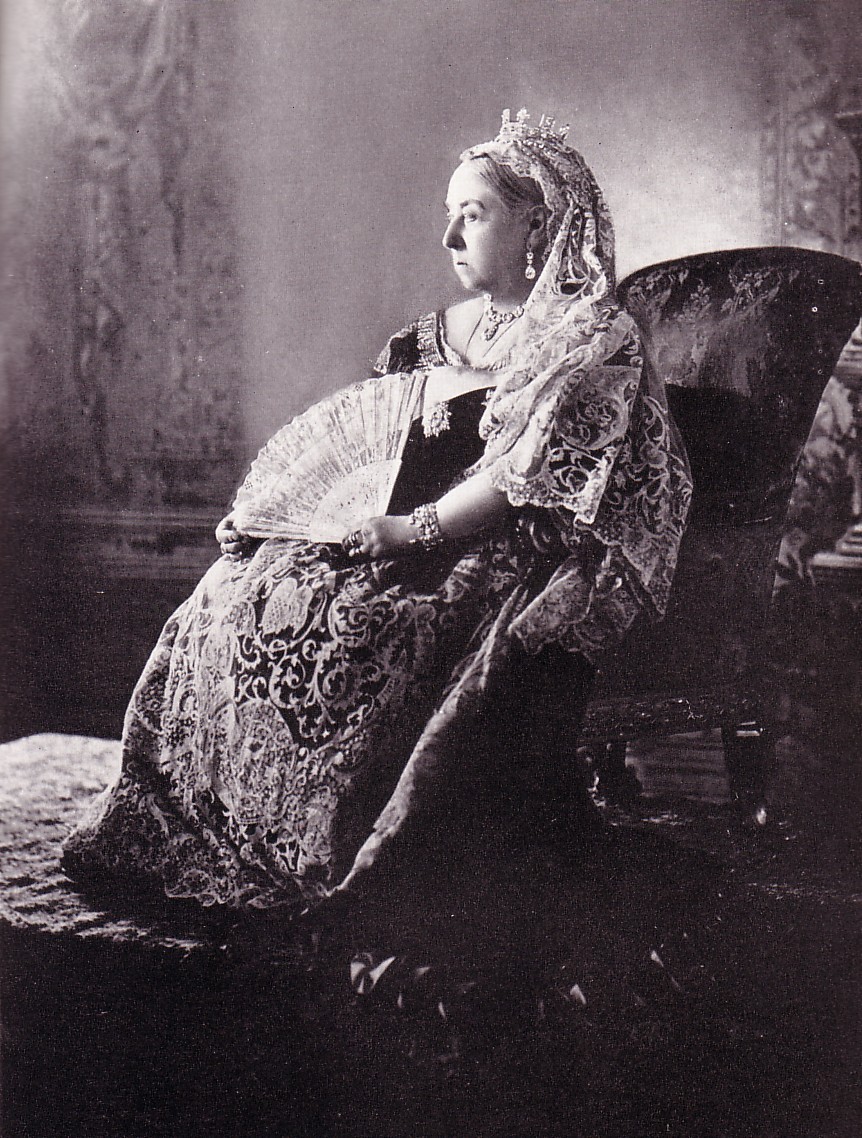© Unofficial Royalty 2024

Queen Ulrika Eleonora of Sweden; Credit – Wikipedia
January 23, 1516 – Death of King Ferdinand II of Aragon in Madrigalejo, Cáceres, Extremadura, Spain; buried in the Royal Chapel in the Cathedral of Granada in Spain
Ferdinand was the husband of Queen Isabella I of Castile and the father of Catherine of Aragon, the first wife of King Henry VIII of England. He was the king of Aragon from 1479 until his death in 1516. As the husband of Queen Isabella I of Castile, he was also the king of Castile from 1475 to 1504 (as Ferdinand V). He reigned jointly with Isabella over a dynastically unified Spain and together they are known as the Catholic Monarchs.
Unofficial Royalty: King Ferdinand II of Aragon
January 23, 1688 – Birth of Queen Ulrika Eleonora of Sweden at Stockholm Palace in Stockholm, Sweden
The daughter of Karl XI, King of Sweden and Ulrika Eleonora of Denmark, Ulrika Eleonora, Queen of Sweden, in her own right, succeeded her unmarried brother Karl XII, King of Sweden in 1718 and reigned for two years before abdicating in favor of her husband Friedrich of Hesse-Kassel who reigned as Fredrik I, King of Sweden. Ulrika and her husband had no children. After Ulrika abdicated, although she had an interest in affairs of state, she withdrew from all visible participation in them, occupying herself with reading, charity, and her many friends. Ulrika Eleonora died from smallpox at the age of 53. Her husband Fredrik I, King of Sweden survived her by ten years.
Unofficial Royalty: Queen Ulrika Eleonora of Sweden
January 23, 1724 – Birth of Sophie Antonia of Brunswick-Wolfenbüttel, Duchess of Saxe-Coburg-Saalfeld, wife of Ernst Friedrich of Duke of Saxe-Coburg-Saalfeld, in Wolfenbüttel, in the Principality of Wolfenbüttel, now in Lower Saxony, Germany
Sophia Antonia was the wife of Ernst Friedrich, Duke of Saxe-Coburg-Saalfeld, and the great-grandmother of Queen Victoria and her husband Prince Albert. She had connections to several royal families. She was the paternal aunt of Ivan VI, Emperor of All Russia, first cousin of Maria Theresa, Archduchess of Austria, and Queen of Hungary, Croatia, and Bohemia, and first cousin of Peter II, Emperor of All Russia. Because she was related to many royal families, Sophie Antonia was considered as a bride for several princes. However, she was not considered attractive which resulted in the failure of many marriage negotiations. In 1749, she married Ernst Friedrich, the future Duke of Saxe-Coburg-Saalfeld. The couple had seven children but only three survived childhood.
Unofficial Royalty: Sophie Antonia of Brunswick-Wolfenbüttel, Duchess of Saxe-Coburg-Saalfeld
January 23, 1820 – Death of Edward, Duke of Kent, son of King George III of the United Kingdom and father of Queen Victoria, at Sidmouth, Devon, England; buried at St. George’s Chapel at Windsor Castle in Windsor, England
Edward was the fourth son and the fifth of the fifteen children of King George III and Charlotte of Mecklenburg-Strelitz. Julie de Montgenêt de Saint-Laurent was his mistress from 1790 – 1818 and accompanied him wherever he went until when he married. In November 1817, the death in childbirth of Princess Charlotte of Wales, the only legitimate grandchild of King George III, necessitated the marriages of the unmarried sons of George III to provide an heir to the throne. Edward’s mistress Julie is said to have read the news of Edward’s engagement in the newspaper while seated at the breakfast table and reacted with violent hysterics. Edward was genuinely attached to her and deeply upset at their forced separation. On May 29, 1818, 50-year-old Edward married 32-year-old Princess Victoria of Saxe-Coburg-Saalfeld. The future Queen Victoria, their only child, was born at Kensington Palace on May 24, 1819. Toward the end of 1819, Edward leased Woolbrook Cottage in Sidmouth, a town on the English Channel, due to the need to economize. In early January, Edward caught a cold and within days, the cold worsened, he became feverish and delirious and developed pneumonia. His condition was aggravated by the bleeding and cupping. Edward became increasingly weaker and died on January 23, 1820, just six days before his father, King George III died.
Unofficial Royalty: Prince Edward, Duke of Kent
January 23, 1874 – Wedding of Prince Alfred, Duke of Edinburgh, Duke of Saxe-Coburg and Gotha and Grand Duchess Maria Alexandrovna of Russia, at the Winter Palace in St. Petersburg, Russia
During a family holiday in 1868 in Hesse, Alfred and Maria first met. They met again in 1871 and 1873 when Alfred proposed. Despite the misgivings of both Maria’s parents and Alfred’s mother, the couple was married on January 23, 1874, at the Winter Palace in St. Petersburg, Russia. Upon their return to London, they took up residence at Clarence House in London, and Eastwell Park in Kent, which they leased until 1893.
Unofficial Royalty: Wedding of Prince Alfred, Duke of Edinburgh, Duke of Saxe-Coburg and Gotha and Grand Duchess Maria Alexandrovna of Russia
January 23, 1891 – Death of Prince Baudouin of Belgium at the Palace of the Count of Flanders in Brussels; buried at the Church of Our Lady of Laeken
Baudouin was the son of Philippe, Count of Flanders, the second son of Leopold I, King of the Belgians. He was considered the heir of his uncle Leopold II, King of the Belgians who had no living male heirs. In early 1891, Baudouin became ill with influenza that had made its way through most of his family members. He likely caught the illness from his sister Henriette, whom he insisted on visiting during her illness despite warnings from doctors. Although at first, he appeared to be weathering the illness better than his sister, Baudouin’s condition suddenly deteriorated on January 22, 1891. He died early the following morning at the age of 21. The country of Belgium was plunged into mourning for their promising prince. Parliament was adjourned, theaters and libraries were closed, and mourning was ordered until the beginning of the spring. His younger brother later became Albert I, King of the Belgians.
Unofficial Royalty: Prince Baudouin of Belgium
January 23, 1896 – Birth of Grand Duchess Charlotte of Luxembourg at Berg Castle in Luxembourg
Full name: Charlotte Adelgonde Élise/Elisabeth Marie Wilhelmine
Grand Duchess Charlotte of Luxembourg was the sovereign from January 14, 1919, until November 12, 1964, when she abdicated in favor of her son Jean. During World War II, Germany invaded Luxembourg, and Charlotte and her family spent most of the war in the United States. Charlotte returned to her homeland, and the family took up residence at Fischbach Castle, which had suffered significantly less damage than the other royal properties – Berg Castle and the Grand Ducal Palace. Her focus now became rebuilding Luxembourg and bringing the tiny nation to a more prominent profile in Europe. Through the remainder of her reign, she entertained world leaders and paid visits to many others. Her efforts to gain Luxembourg a place on the world’s stage were successful.
Unofficial Royalty: Grand Duchess Charlotte of Luxembourg
January 21, 1923 – Birth of Prince Andrew Romanov in London, England
Andrew was the son of Prince Andrei Alexandrovich of Russia and his first wife Duchess Elisabetta Sasso-Ruffo Di Sant Antimo from the Italian noble House of Ruffo di Calabria. Andrew’s paternal grandparents were Grand Duke Alexander Mikhailovich of Russia (grandson of Nicholas I, Emperor of All Russia) and Grand Duchess Xenia Alexandrovna of Russia (daughter of Alexander III, Emperor of All Russia and sister of Nicholas II, Emperor of All Russia). Known as Andrew Romanoff after he came to the United States in 1949, he was one of the disputed pretenders to the Headship of the Russian Imperial Family from 2016 – 2021.
Unofficial Royalty: Andrew Romanoff, born Prince Andrew Romanov
January 23, 1952 – Death of Natalia Sergeyevna Sheremetyevskaya, Countess Brasova, morganatic wife of Grand Duke Michael of Russia, son of Alexander III, Emperor of All Russia, at the Laënnec, a charity hospital in Paris, France; buried in Passy Cemetery in Paris, France
Natalia was the lover and then the morganatic wife of Grand Duke Michael of Russia, brother of Nicholas II, Emperor of All Russia. After the birth of a son named George after Michael’s deceased brother, Natalia and her first husband were divorced. Nicholas II issued a decree giving George the surname Brasov after Michael’s estate at Brasov, granted Natalia permission to use the surname Brasova, and allowed her to live with Michael at his estate Brasovo. When Michael and Natalia were secretly married without Nicholas II’s permission, Nicholas stripped Michael of his military rank, froze all his assets in Russia, seized control of his estates, and banished him from Russia. Eventually, Michael was allowed to return to Russia, his son George was legitimized and created Count Brasov but neither he nor his descendants could be in the line of succession. At the same time, Natalia was created Countess Brasova. Michael and his secretary were killed during the Russian Revolution and their bodies were never found. Natalia, her daughter from her first marriage, and her son George were able to escape Russia. Natasha was able to use money in Michael’s bank accounts in Paris and Copenhagen, and also started selling her jewelry. George died in a car accident at the age of 20. By the time World War II started, Natasha was nearly broke and living in a one-room attic apartment in Paris. In 1951, Natasha found out she had cancer and her landlady evicted her. She was taken to the Laënnec, a charity hospital in Paris, France, where she died on January 23, 1952, at the age of 71.
Unofficial Royalty: Natalia Sergeyevna Sheremetyevskaya, Countess Brasova
January 23, 1957 – Birth of Princess Caroline of Monaco, Princess of Hanover at the Prince’s Palace in Monaco
Full name: Caroline Louise Marguerite
Caroline is the eldest of the three children of Rainier II, Prince of Monaco and Grace Kelly. In 1978, she married Philippe Junot, a Frenchman seventeen years her elder. The marriage ended in divorce in 1980. In 1983, Caroline married Italian businessman Stefano Casiraghi. Tragically, Stefano was killed in a speedboat accident in 1990 just off the coast of Monaco. The couple had three children. In January 1999, on her birthday, Caroline married Prince Ernst August of Hanover. Ernst August is the pretender to the throne of the former Kingdom of Hanover. While initially very happy, the couple now leads separate lives. Caroline and their daughter live primarily in Monaco, while her husband remains at his homes in Germany. Caroline regularly attends important social events in Monaco related to the Monégasque Princely Family. Due to her commitment to philanthropy and arts, Caroline was named a UNESCO Goodwill Ambassador in 2003.
Unofficial Royalty: Princess Caroline of Monaco, Princess of Hanover
January 23, 1998 – Death of Prince Friedrich Josias of Saxe-Coburg and Gotha, Head of the Ducal Family of Saxe-Coburg and Gotha and titular Duke of Saxe-Coburg and Gotha from 1954 until his death, in a hospital in Amstetten, Austria, buried in the family cemetery in the forest of Schloss Callenberg in Coburg, Bavaria, Germany.
The Head of the House of Saxe-Coburg and Gotha from 1954 until his death in 1998, Friedrich Josias was born just three weeks after his father Charles Edward was deposed as Duke of Saxe-Coburg and Gotha after the end of World War I. Through his father, Friedrich Josias was a great-grandson of Queen Victoria. In 1942, Friedrich Josias married his first cousin Countess Viktoria-Luise of Solms-Baruth The couple divorced in 1946 but they had one son who succeeded his father as the Head of the House of Saxe-Coburg and Gotha. During World War II, Friedrich Josias was an adjutant to Field Marshal Erwin Rommel who was in charge of the German campaign in North Africa and on the staff of General Hermann von Hanneken, the supreme commander of the German forces in Denmark. In May 1945, Friedrich Josias was captured by British forces in Denmark and remained in captivity until he was released that autumn when he returned to Coburg. In 1948, Friedrich Josias married Denyse Henriette de Muralt The couple divorced in 1964 and had three children. He made a third marriage in 1964 to Katrin Bremme but they had no children. During the last years of his life, Friedrich Josias was in ill health and his son Andreas took over many of his duties. He died on January 23, 1998, in a hospital in Amstetten, Austria at the age of 79.
Unofficial Royalty: Prince Friedrich Josias of Saxe-Coburg and Gotha
January 23, 2015 – Death of King Abdullah of Saudi Arabia in Riyadh, Saudi Arabia, buried at the Al-Oud Cemetary in Riyadh, Saudi Arabia
Abdullah bin Abdulaziz was proclaimed the sixth King of the Kingdom of Saudi Arabia on August 1, 2005, upon the death of his half-brother King Fahd bin Abdulaziz. Throughout his life, King Abdullah had a love of the desert and a love of horsemanship. He was a breeder of pure Arabian horses and the founder of the equestrian club in Riyadh. Another lifelong passion is reading which he considered very important. He established two libraries, the King Abdulaziz Library in Riyadh, and one in Casablanca, Morocco. King Abdullah died on January 23, 2015, in Riyadh, Saudi Arabia at the age of 90, three weeks after being hospitalized for pneumonia. He was succeeded by his 79-year-old half-brother Salman bin Abdulaziz Al Saud, the current King of Saudi Arabia.
Unofficial Royalty: King Abdullah of Saudi Arabia
This article is the intellectual property of Unofficial Royalty and is NOT TO BE COPIED, EDITED, OR POSTED IN ANY FORM ON ANOTHER WEBSITE under any circumstances. It is permissible to use a link that directs to Unofficial Royalty.









